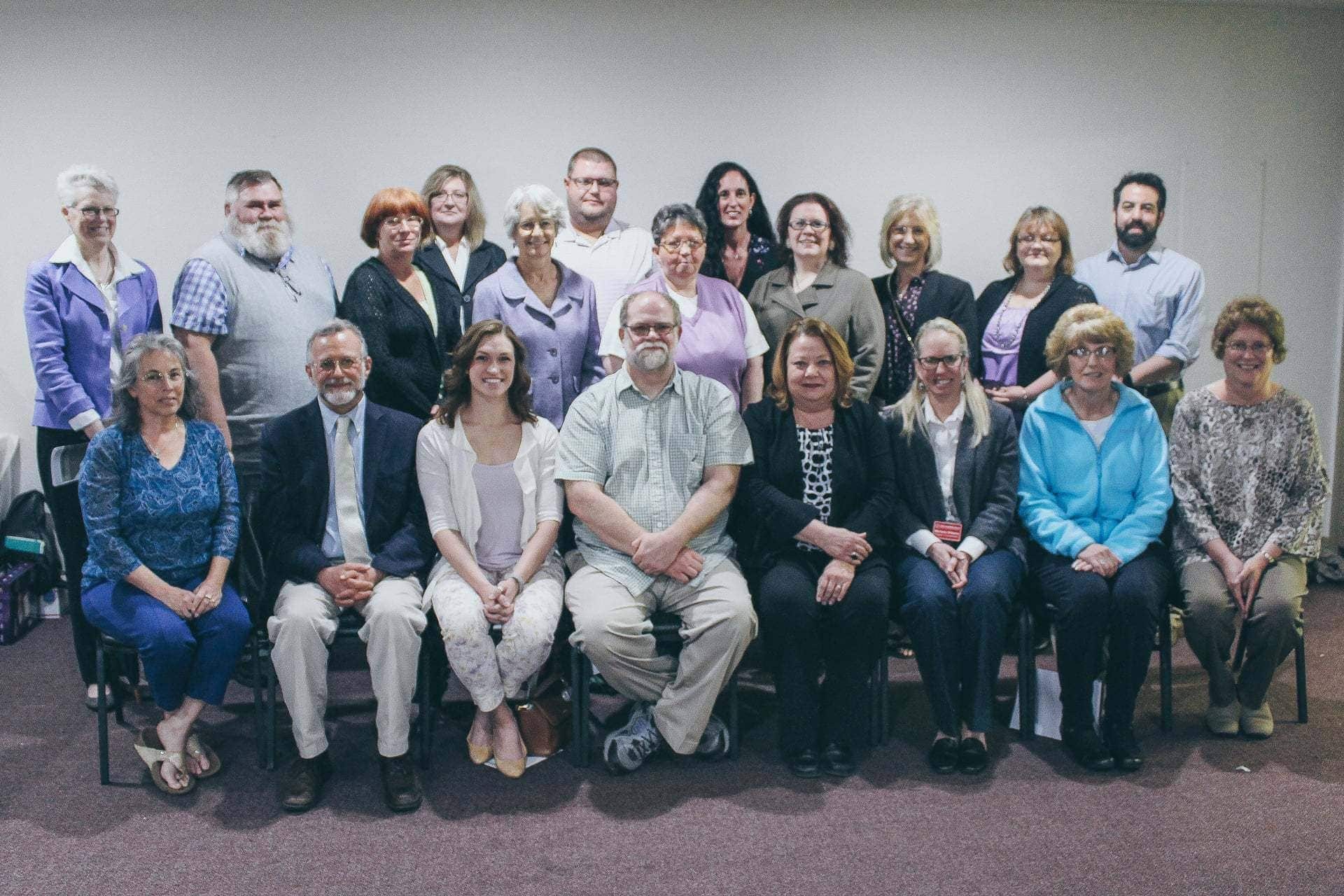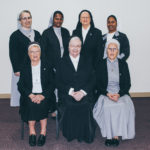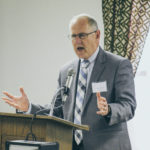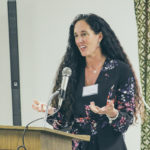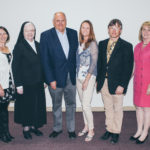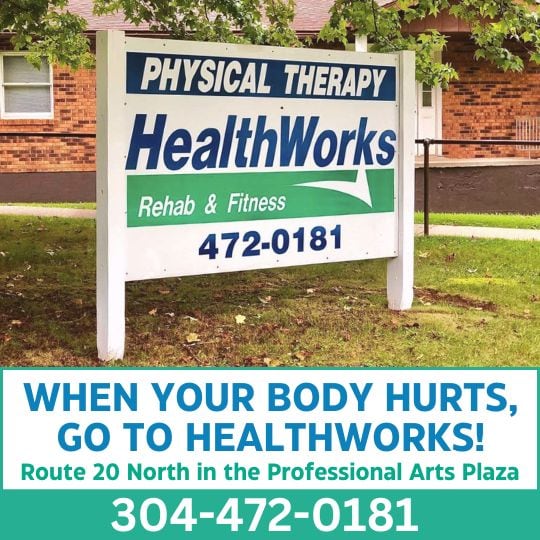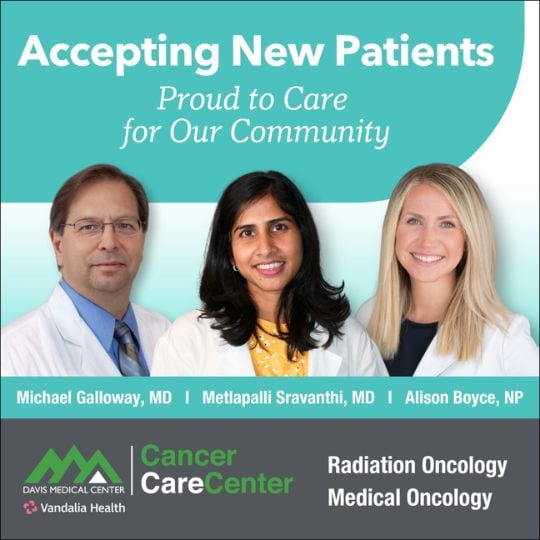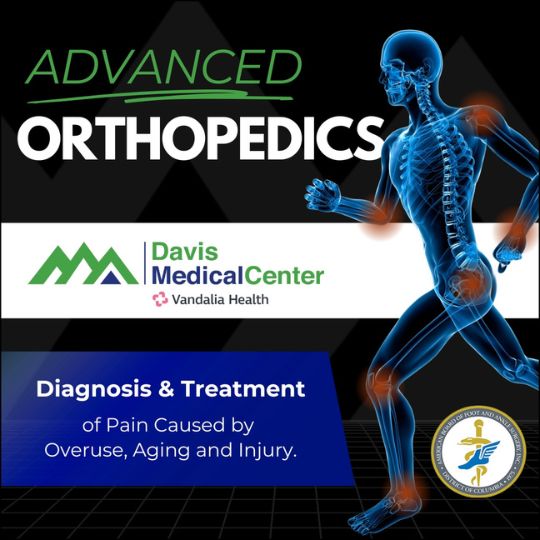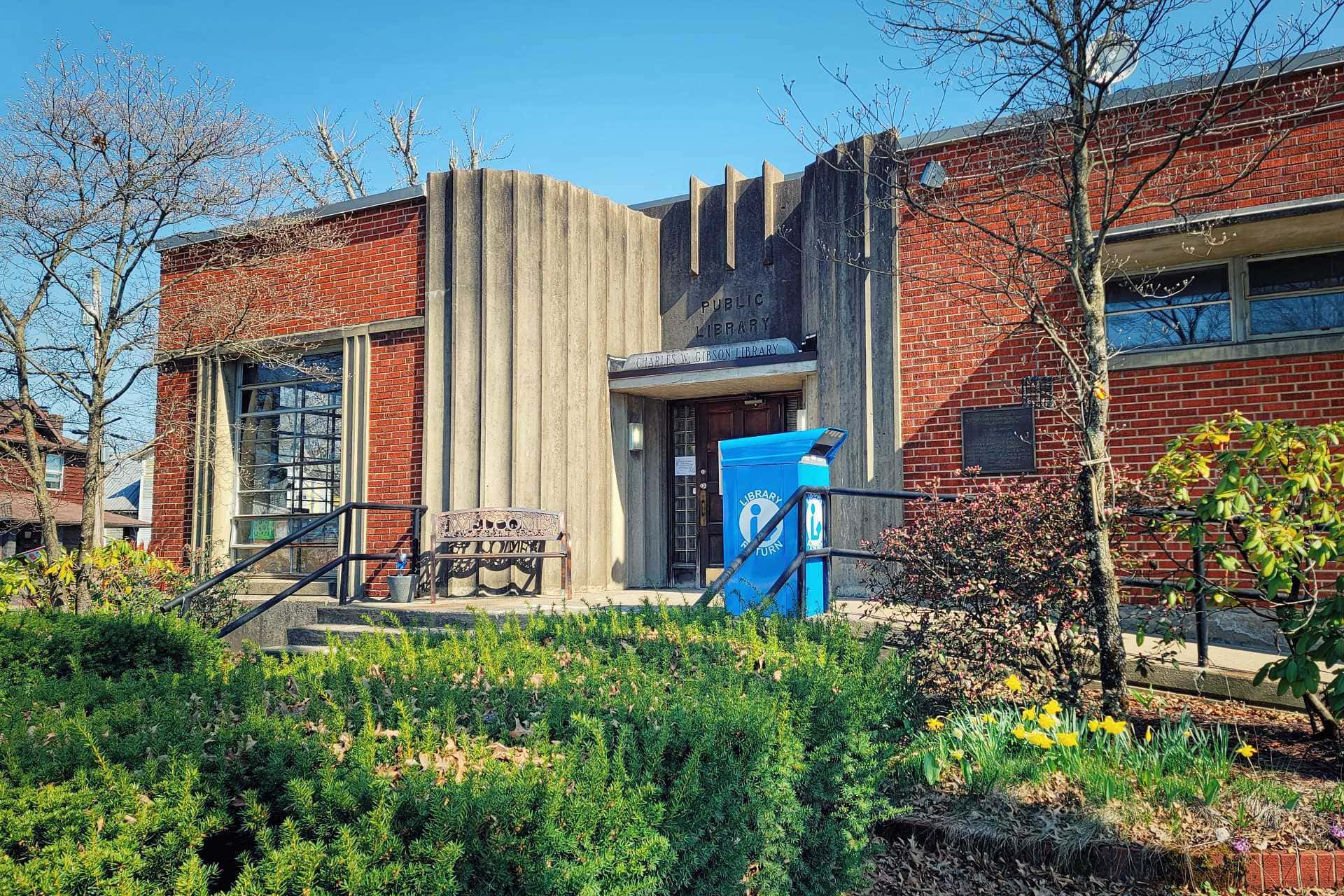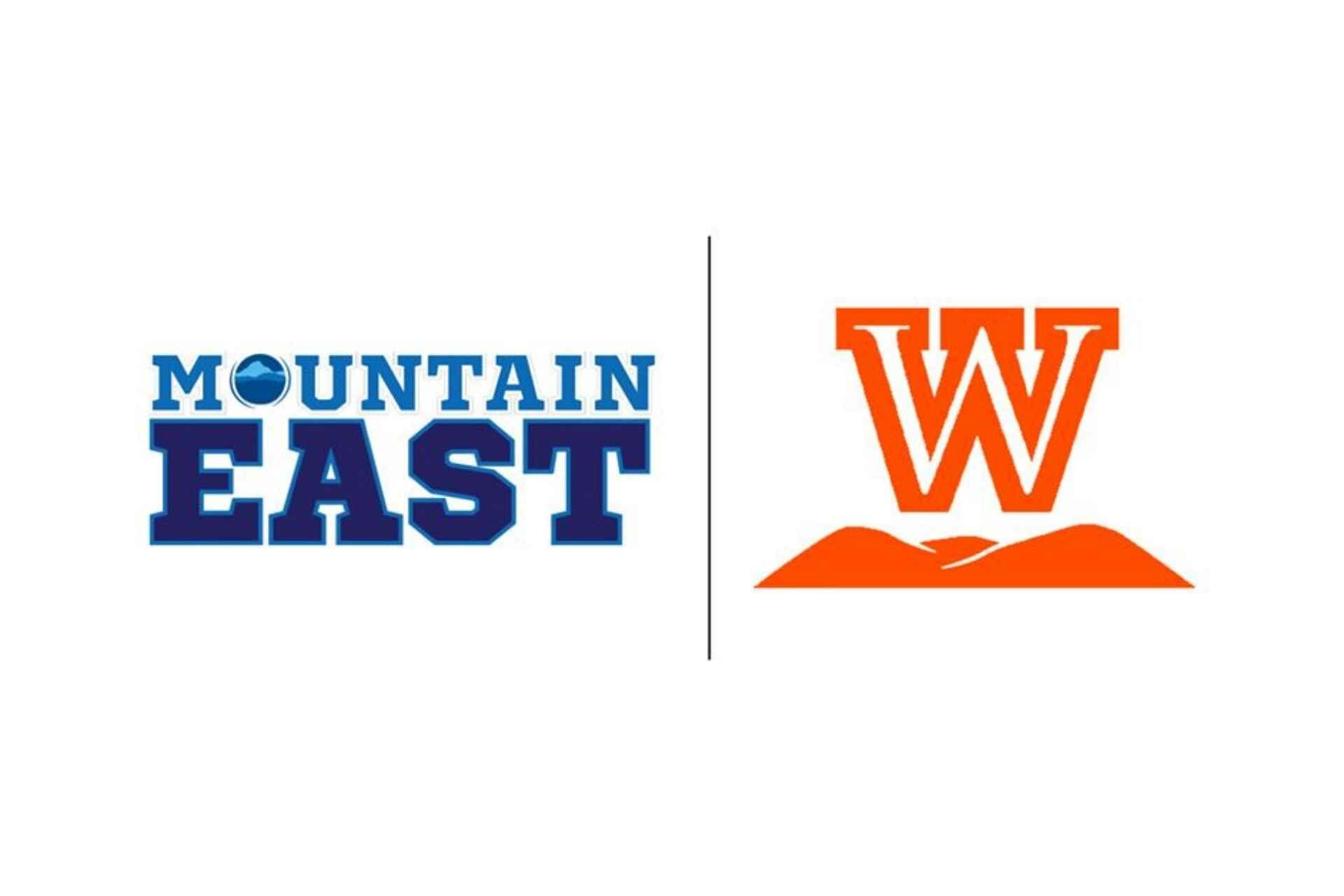BUCKHANNON – The Pallottine Foundation of Buckhannon gathered Friday to thank their grantees for all the work they do for the people of West Virginia. The foundation put together the luncheon to feature some of those organizations and learn what they have done with their support.
Executive director Janell Ray said the foundation was created in 2015 to support area non-profits.
“More than 40 grants totaling almost $325,000 have been awarded to non-profits that provide healthcare-related program across our region,” Ray said. “Programs and emergency funding include food for food banks and food pantries, meals, oral health care, home care for seniors and assistance for victims of domestic violence and other types of assault.”
Three grantees spoke about their programs at the Grantee Appreciation Luncheon.
Webster County Family Resource Network coordinator Todd Farlow kicked off the discussion by talking about how the Healthy Ways equal Healthy Days program came about.
“Several years ago, we saw the different opportunities to actually address health disparities in Webster County, but there were a lot of gaps and we also noticed that these programs, while they were great, a lot of times they didn’t necessarily address the issues of rural West Virginia,” Farlow said.
The Pallottine Foundation came along and helped the FRN start offering classes on issues like food safety, sanitation practices and food preparation.
“The same class is offered at three locations each week, so it’s pretty schedule intensive, but we were able to cover the entire county,” Farlow said. “Our first class was on safety and sanitation, where a local chef talked about knife safety, slip hazards and fire hazards.”
The second class they offered was called healthy food choices. He said a chef would come in and he would talk bout the importance of using fresh ingredients, rather than processed food.
The third class — Refit Your Drink — brought in someone from the West Virginia University Extension Office to talk about infusing water with fruit. The fourth class is called Shopping Matters, where the students compare food labels and price labels. At the end of the class, they are given $10 to purchase a meal for their family.
“I think it probably helped out a lot,” Farlow said. “Then after six months, we did a follow up survey. We checked to see if folks are using the knowledge, and I was very pleasantly surprised. Close to 100 percent of folks said they were using what they learned.”
The next grantee to speak was Bobbi Jo Muto with the Marshall University School of Medicine. She spoke about the Care Coordination/Community Health Worker Project for high risk diabetes patients.
“For those of you who don’t know what a community health worker is, that’s someone who basically befriends the patient to make sure that they are adhering to their medication guidelines to eating properly and they’re getting to their follow up appointments,” Muto said.
She said the program is so successful, they are looking to hire a second community healthcare worker. Another program Muto discussed was the Oral Health Care Assessment and Coordination Project, which provides educational programs to the community and school system about the importance of oral health.
“We were talking about oral health and how it can really impact your overall health, and so many times, we don’t think of that,” Muto said, “It’s also an economic factor — you can’t get a job if you’re covering your mouth, or even a minimum wage job would be hard if you have rotting teeth.”
The final program Muto talked about was the West Virginia Wisdom Tooth project, which focuses on oral health for the elderly population.
“One thing I think we really take for granted is the ability to go to a store and just buy some toothpaste or a new toothbrush,” Muto said. “On a fixed income, and particularly with our elderly population, that’s something that’s not covered with SNAP benefits, or what used to be called food stamps, and that’s not something that you can buy fairly cheap either.”
The program offers services like free oral cancer screenings at senior centers in Barbour, Lewis, Randolph, Upshur and Webster counties.
The next speaker was the Chief Executive Officer for Catholic Charities West Virginia, Beth Zarate.
“Our services are about moving people from crisis to stability, moving them from anxiety and stress to a plan, moving them from being overwhelmed to working toward goals, moving them from limited resources to financial help, to teaching them how to advocate and get resources for themselves, and to connections in the community,” Zarate said.
The community allows Catholic Charities West Virginia to do the work they do.
“We are so blessed for the Pallottine Foundation, for the Parish House, for the Holy Rosary Catholic Church, Brother Roy and Father Joe — for coming together to help us provide management services, services that aim to bring real meaningful change in people’s lives,” Zarate said.
Catholic Charities West Virginia have case management specialists in Buckhannon that help people become more self-reliant.
The other program Catholic Charities West Virginia mentioned was their Wellness Works Program, which helps with getting people food. Basic needs specialist Theresa Wymer said they have changed the system for the food pantries.
“We started offering choices in two of our offices where people could come in and choose what they would like to have that day,” Wymer said. “A lot of our clients have illnesses like diabetes, high blood pressure, things like that, so with this funding, we were able to purchase specific foods to keep in our big pantries, called Wellness Works.”
The funding allows them to keep fresh fruits and vegetables in the pantry, as well as meat in the freezers and foods low in sodium and sugar.
At the end of the luncheon, the executive director of the West Virginia Office of Drug Control Policy, Robert Hansen, discussed the opioid epidemic in West Virginia.
“Back in 2015, there were over 700 individuals in our state — citizens, human beings, individuals in our state — that passed away because of an overdose,” Hansen said. “In 2016, the number was in the 800s, and then 2017, which is the most recent information that we had, there was 1,012 people from all our counties that passed away because of a drug overdose.”
He said the information for 2018 is not available yet because of backlog and may not be ready until August.
“I am privy to the preliminary numbers, and I can say that it’s still going to be a high number,” Hansen said. “I can’t say it’s going to be greater than 2017, but it’s still going to be a lot of our friends and families that are no longer with us in our state.”
He talked about the time in Huntington in 2016 when 28 people overdosed in four hours. While Huntington is a big city for West Virginia, it’s not that big compared to other cities in the country, Hansen noted.
“That was a traumatic incident for our community, and the bureau of public health and our local health department analyzed what happened that day, and they learned a lot of different things,” Hansen said. “One of the things they learned is that nothing was done, except to help these individuals revive and live — after that nothing else.”
He noted that the former Director of the Huntington Office of Drug Control Policy then found an article called “What’s Next After Naloxone,” where a community in Ohio started a program where a group of people were going out and following up with people after an overdose and offering help and assistance.
“A person from the fire department, a substance abuse professional and a policeman — those three individuals would follow up 24 to 48 hours after somebody overdosed,” Hansen said.
He said the program was getting 80 percent of individuals they met into treatment programs.
They arranged to have the people who started that program come to Huntington and explain their system and see if it was something they might be interested in. Hansen said at the first meeting 50 people from the community showed up.
They started looking for grant opportunities, and that led them to applying for two grants, one from the Bureau of Justice Assistance and another from the Health Office of Minorities.
“In the end we were funded for three years, so in December of 2017, the Quick Response Team Started in Huntington,” Hansen said. “I was pushing and pushing to get the team started.”
He said after looking at the data from 2017 to 2018, when they implemented the team, there was a 40 percent reduction in overdoses. In the three months of 2019, the number was down 60 percent.
“My goal is to help the state move forward to address this terrible opiate epidemic,” Hansen said. “People need hope. As a whole state working together, we can really help make progress in this terrible opioid crisis.”
